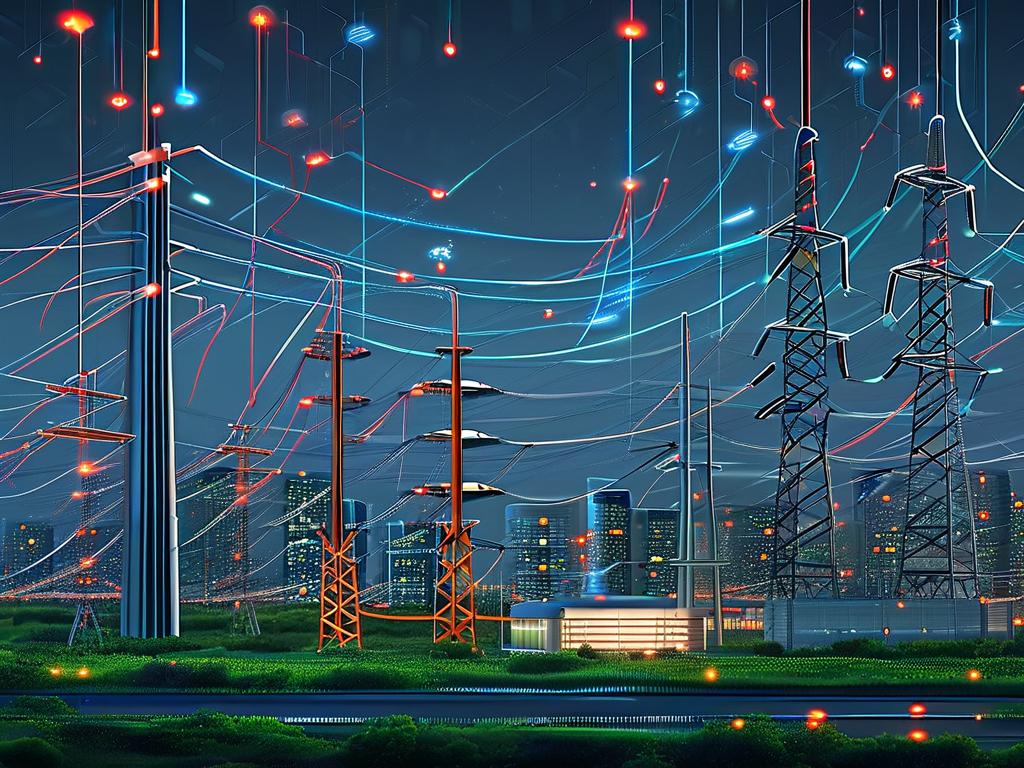In today’s rapidly evolving digital landscape, organizations are increasingly adopting distributed technology architecture to address the growing demands for scalability, fault tolerance, and performance. This architectural paradigm shifts away from centralized systems, distributing workloads across multiple nodes or servers to optimize resource utilization and minimize single points of failure. Below, we explore the core principles, advantages, and real-world applications of distributed systems, along with practical code examples to illustrate their implementation.

Core Principles of Distributed Architecture
Distributed systems operate on three foundational principles: decentralization, parallel processing, and autonomous coordination. Unlike monolithic architectures, where a single server handles all tasks, distributed systems divide workloads into smaller components that run independently across networked devices. This design enables horizontal scaling—adding more machines to a network—to handle increased traffic or computational needs.
For instance, consider a cloud-based e-commerce platform. Using a distributed architecture, product catalogs, payment processing, and user authentication can operate on separate clusters. If one service experiences a surge in demand, resources can be dynamically allocated without disrupting other components.
Advantages Over Traditional Systems
- Enhanced Scalability: Distributed architectures allow organizations to scale resources on demand. A social media platform, for example, might deploy additional servers during peak hours to manage user interactions.
- Improved Fault Tolerance: By replicating data across multiple nodes, distributed systems ensure continuity even if one node fails. Financial institutions leverage this feature to maintain uninterrupted transaction processing.
- Geographic Flexibility: Data centers in different regions reduce latency for global users. Content delivery networks (CDNs) like Cloudflare use this strategy to cache content closer to end-users.
Technical Implementation
Let’s examine a simplified code snippet for a distributed task queue using Python and Redis:
import redis
from rq import Queue
# Connect to Redis server
redis_conn = redis.Redis(host='redis-node-1', port=6379)
task_queue = Queue(name='high_priority', connection=redis_conn)
# Enqueue a background job
def process_order(order_id):
# Order processing logic
print(f"Processing order {order_id}")
task_queue.enqueue(process_order, order_id='12345')
This example demonstrates how tasks can be offloaded to worker nodes, freeing the main application to handle user requests.
Challenges and Mitigations
While distributed systems offer significant benefits, they introduce complexities such as network latency, data consistency, and debugging difficulties. Tools like Apache ZooKeeper help manage coordination between nodes, while consensus algorithms like Raft ensure data integrity. Developers must also adopt monitoring solutions like Prometheus to track system health.
Real-World Applications
- Microservices: Companies like Netflix decompose applications into independently deployable services, each responsible for specific functions (e.g., recommendations, streaming).
- Blockchain: Distributed ledgers rely on consensus mechanisms to validate transactions across decentralized networks.
- Big Data Processing: Frameworks like Apache Hadoop distribute data storage and computation across clusters for efficient analysis.
Future Trends
Emerging technologies like edge computing and serverless architectures are pushing distributed systems further. By processing data closer to its source (e.g., IoT devices), edge computing reduces latency and bandwidth usage. Meanwhile, serverless models abstract infrastructure management, allowing developers to focus on code.
In , distributed technology architecture is no longer optional but essential for building robust, scalable solutions in a hyperconnected world. By embracing its principles and tools, organizations can future-proof their systems while delivering seamless user experiences.









